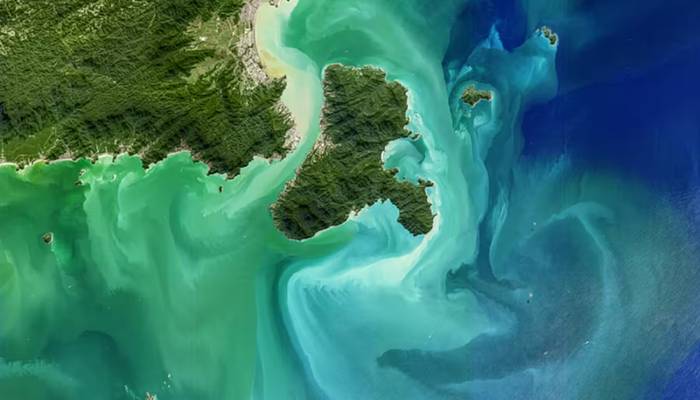
The world is witnessing intense and dangerous consequences of climate changes, with humans undoubtedly playing a major role.
Over the last two decades, scientists have observed a subtle but widespread change in the colour of the oceans.
In a study published in Nature, researchers from the National Oceanography Center in the UK and other institutions revealed that more than half of the world’s oceans have seen a change in colour.
They further discovered that these changes cannot be attributed solely to natural fluctuations, they are likely caused by human-driven climate change.
Although these changes may not be noticeable when you’re at the beach, they are clearly visible from aeroplanes and satellites in space.
Stephanie Dutkiewicz, a senior research scientist said, “We hope people take this seriously. It’s not only models predicting these changes; we can now see them happening, and the ocean is changing.”
Tropical regions near the equator have turned greener over time and this is not just a change in appearance. It reflects shifts in the ecosystem.
The colour of the ocean is affected by the contents of its upper layers, particularly tiny organisms such as phytoplankton.
What are phytoplankton?
Phytoplankton are microscopic, plant like organisms that contain chlorophyll, which gives them their green colour.
They play a significant role in absorbing carbon dioxide from the atmosphere and are also a fundamental part of marine food.
Why does ocean colour matter?
Fluctuation in phytoplankton population can cause ripple effects across marine ecosystems and impact all creatures that rely on phytoplankton and influence the global carbon cycle.
















